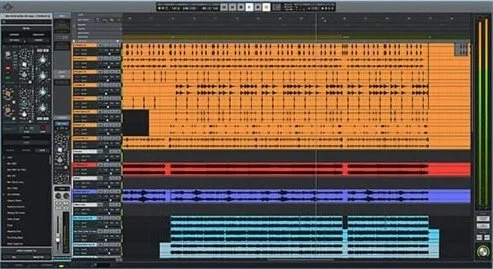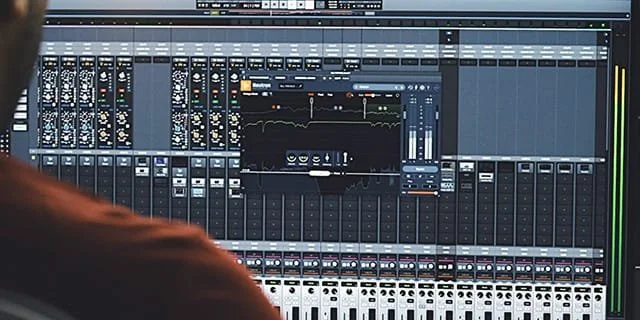Great News for Windows Users - A Fantastic FREE DAW
Yes, this image is from a Mac, but LUNA on Windows looks and acts the same and is a true Windows application
Hey folks. When it comes to recording, I work almost exclusively on the Macintosh. It’s a personal choice of course, you should use whatever platform best suits you. For a couple of years in addition to my typical go to DAW, I have been playing with Universal Audio’s LUNA. LUNA was released and has been enhanced significantly over that period, but until very recently, only ran on the Macintosh OS. Very recently, UA has released LUNA for Windows.
On Windows, I have been recommending the excellent Studio One from Presonus (which has a subscription cost) or Reaper (which is a no cost DAW of solid capability). Now that LUNA is available on Windows and is FREE, I would encourage anyone on the Windows platform to give it a try.
It works like the Macintosh version and benefits from all the enhancements that have come since v1.0. For those with a studio background, the interface is very easy to understand because the Mix view looks like a studio board. The track view looks like and behaves like what you would expect from a DAW.
LUNA is easy to get and to install. Click the link above and you will be offered the option to choose to download UA Connect for either Macintosh or Windows. UA Connect is the interface to Universal Audio native products as well as the method to register and manage UA hardware such as their super UAFX pedals.
LUNA also includes the SHAPE virtual instrument kit, which is pretty amazing given its price. Some reviewers who do a lot of MIDI type recording, have said that the MIDI editor is rather simple, and I must defer to those people as I don’t use virtual instruments very much at all.
LUNA also includes a number of very usable plugins, that are the native versions of long time UA hardware specific plugins. One of the realities that exists is that there still exists a perception that Universal Audio plugins all require the presence of a UA interface. There are certainly benefits of having UA hardware, the greatest being the ability to place plugins in the UNISON slot to leverage the processing capability in the UA Apollos, however since the availability of Universal Audio Spark (a subscription model) many of the UA plugins are available that do not require ANY UA hardware. So you can use them with whatever interface that you have. And of course, they plug right into LUNA. Of course if you do own UA hardware and UA hardware specific plugins, they also work in LUNA.
UA does make some LUNA specific plugins, specifically in the tape saturation space (Ampeg ATR-102) and in the console section (API 2500 and API Vision) that when installed, show up in the mixer window as you would expect in a real board as opposed to a plugin window. It’s really cosmetic, but if you have skills using a board, the level of intuitive use is awesome. You do have to buy these plugins separately but UA often offers sales or discounts.
In case you are not aware, UA makes some really superb instrument specific plugins. In my opinion, UA’s Mini Moog is the most accurate implementation that I have found. They also offer the Opal Synth, the PolyMax Synth, the Ravel Grand Piano and the Electra 88 electric piano. They all come with the Spark subscription. If you already have other plugins for instruments that you love, they will work as well. For example, I like XLN’s Addictive Drums 2 and it plugs right into LUNA.
Spark is separate from LUNA. I think I pay about $20 per month for it. It is my opinion, that UA plugins are complete killer products. You can see a listing of all the plugins that you get as of this writing at this link.
Many reviewers have said that they like the sound of LUNA over other DAWs. What I can say based solely on my own real life experience, is that what comes through is cleaner and more open, than in some other DAWs. LUNA has less functionality (at this time) than some other DAWs, and perhaps that simplicity as well as UA’s experience in the recording space contribute to the quality of the sound. Frankly, I’m a fan, so in fairness, you should give it a try and make up your own mind.
The manual is online and very comprehensive and there are tutorials to using LUNA available from UA on the Internet.
Please support the channel yourself by becoming a member on Patreon. Send in questions or post comments, I read and respond to all. Thanks as always. I’m Ross Chevalier and we will speak again soon.





